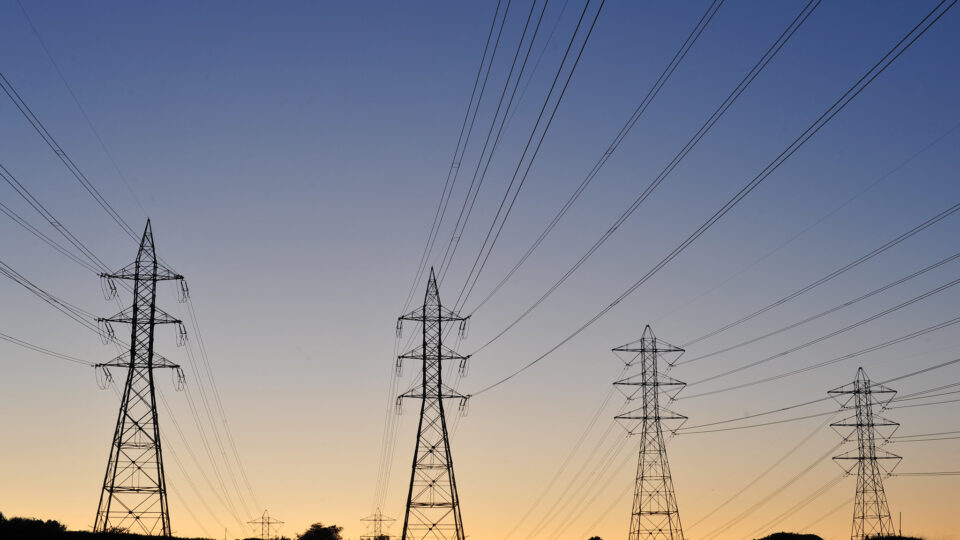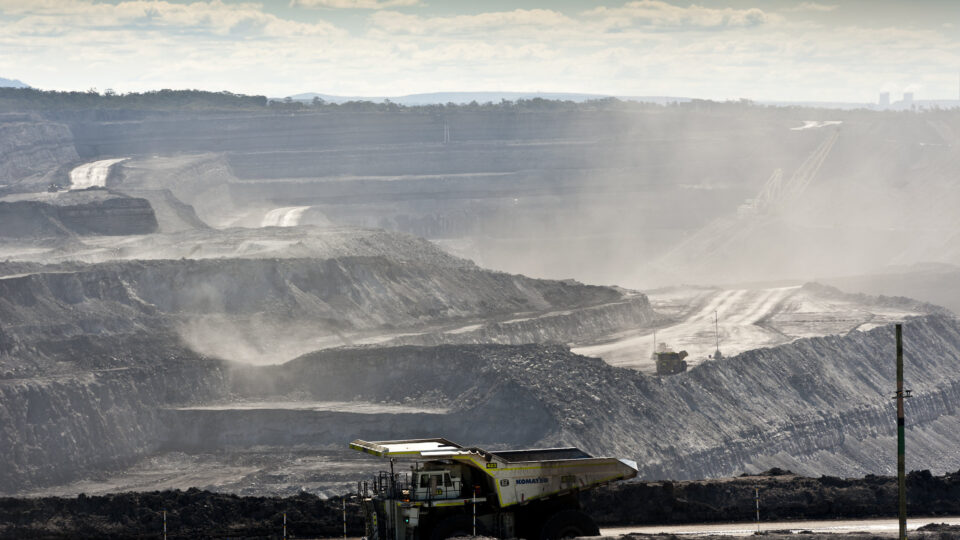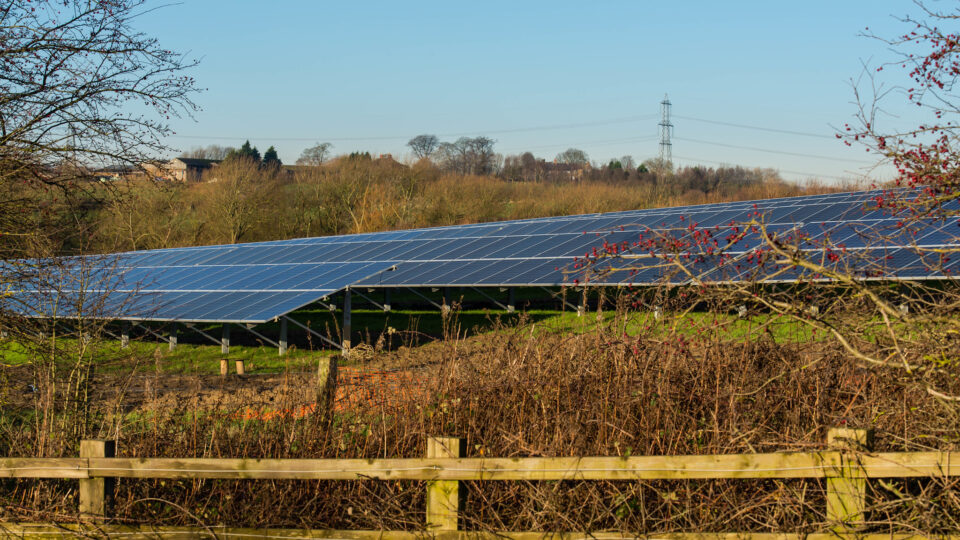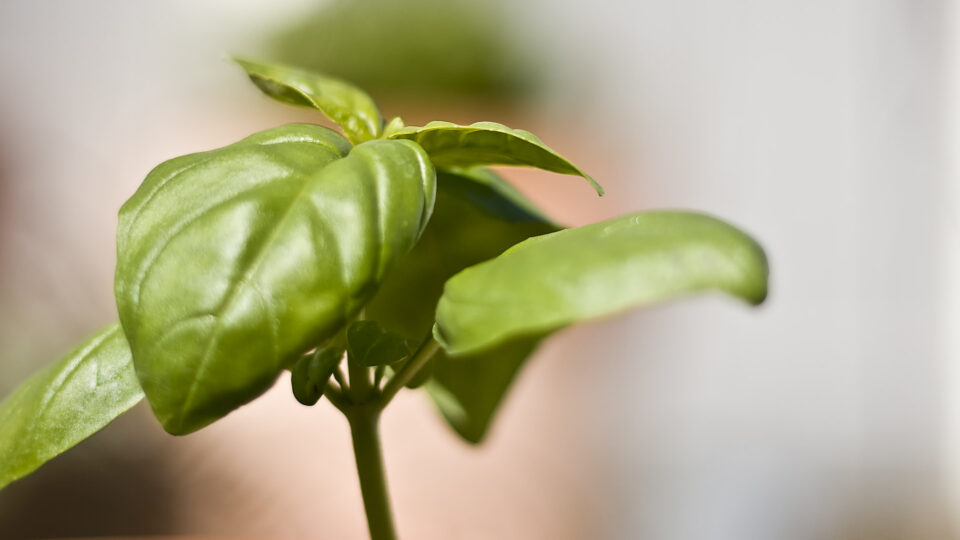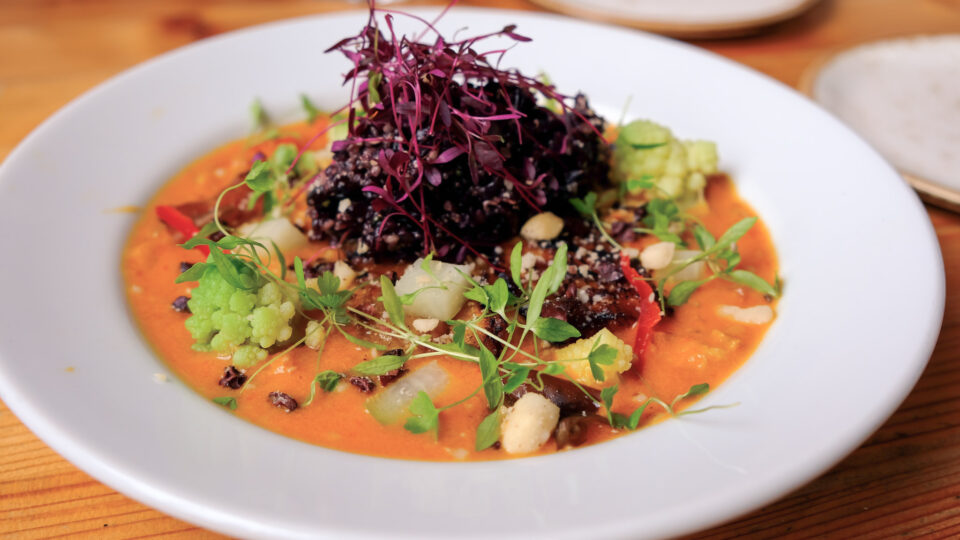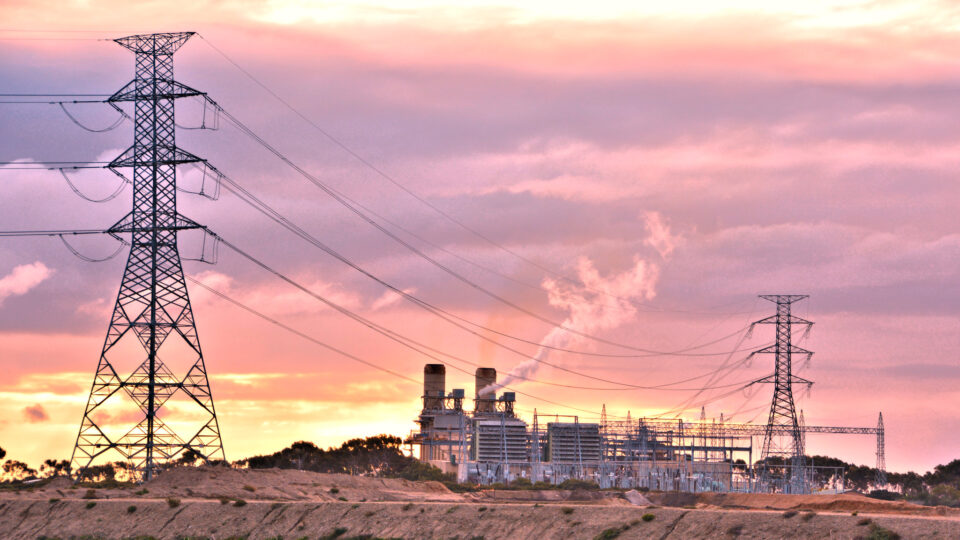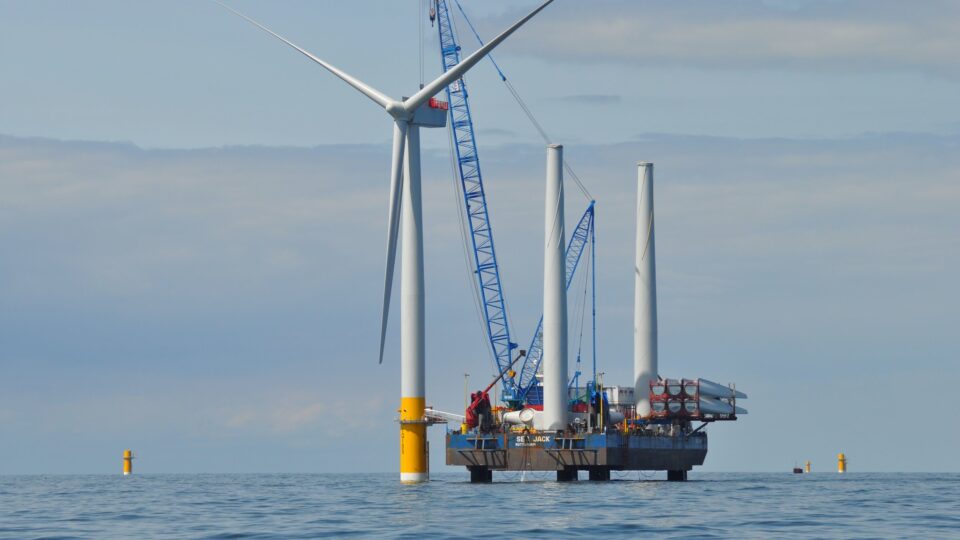Two up-and-coming energy technologies are coming together near a tiny town in central Utah. Outside of the town of Delta, population 3,600, two caverns, each as deep as the Empire State Building, are being created from an underground salt formation to be used to store hydrogen gas. The gas will be used as a fuel in a new electricity generation plant.
The plant will replace an aging local coal-fired power plant. The new plant will burn a mixture of natural gas and hydrogen – green hydrogen produced without emitting greenhouse gases. To produce the hydrogen, the facility will operate 40 giant electrolyzers that will use excess solar and wind power generated at times of low demand to split water molecules into hydrogen and oxygen.
The caverns were created by a process called solution mining in which high-pressure water is pumped down into salt deposits that are dissolved. The resulting caverns are 200 feet in diameter and 1,200 deep and lie 3,000 to 4,000 feet below the surface. Hydrogen cannot escape through the thick salt layers.
The amount of energy that can be stored in the form of hydrogen fuel in these caverns is massive – far more than all the battery storage installed in the U.S. to date. Chevron has a majority stake in one of the projects and will supply the natural gas. The facility is expected to go online in 2025.
While this will produce far fewer emissions than existing coal plants, it is not carbon-free. Currently, turbine technology cannot operate with pure hydrogen fuel. The Delta plant will run on only 30% hydrogen. The hope is that turbine technology will improve in the future and permit operation on pure hydrogen.
**********
Web Links
A Huge Underground Battery Is Coming to a Tiny Utah Town
Photo, posted September 9, 2013, courtesy of Scott via Flickr.
Earth Wise is a production of WAMC Northeast Public Radio


